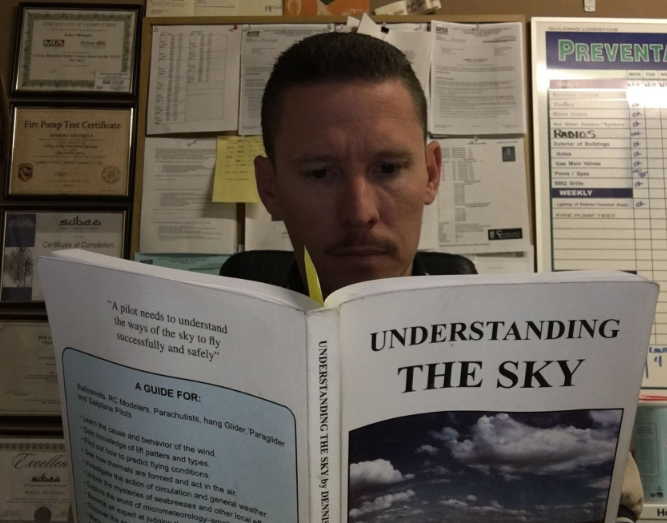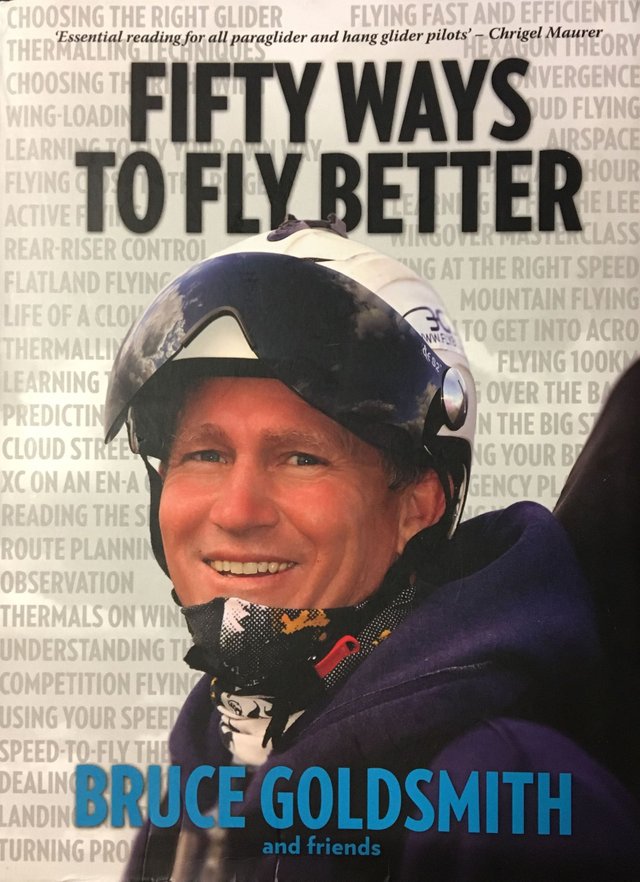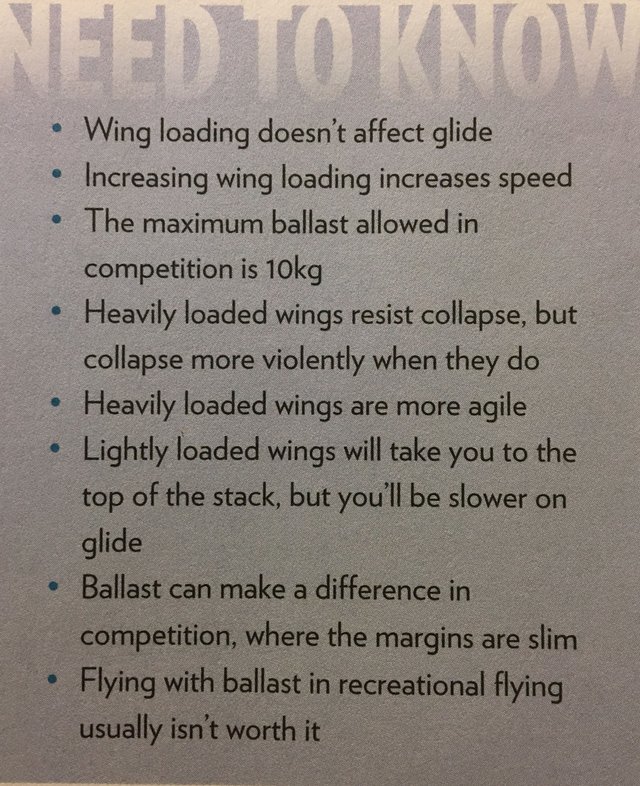Paragliding Tips and Tricks #11
In a effort to pump up the hashtag #paragliding, and to give inspiration to new pilots, I will start posting little things that I am learning along the way.

In the last Paragliding Tips and Tricks (#10) I said, "In the next chapters we are going to find out what we need to look for when looking for new wings, harnesses and reserve parachutes."
So lets do that.
In this episode we will find out answers to these questions:
- What do you look for in a wing?
- What size should I get?
- What rating is a good rating for my skill level?
- How important is a harness?

What do you look for in a wing?
Because technology has advanced quite a bit over the years, the safety of wings has improved.
The safety is measured based on how quickly the wing reacts to a collapse. The safety is also measured on how the wing reacts to the input that it is given.
One of the things that you need to look for in a wing is Loading. You will see this information on the tag.
Below is a picture of the tag that is on my wing.
The size of your wing is dependent on the size of the load. The best way to figure out what wing that you need to get is to talk to an instructor. Most of the time these guys will know what your abilities are and at what level you are flying.
Bruce Goldsmith said this about Size, Being the right weight on wing is a delicate optimization problem
I purchased my wing from a person on eBay, and didn't really know what I was looking for. The good news is I got lucky. I fly somewhere in the middle of my weight range.
- The rating of a wing involves a bunch of testing that the wing goes through. This is based on how easy the wing opens up after asymmetric collapse. My wing is a 1-2 meaning that its not a beginner wing, but its not a super sporty wing either. I was talking to another pilot who made the mistake to move up too fast. He said that he hated it because the wing demanded so much attention. You can't enjoy the flight if you are babysitting your wing the whole time. Some of the top pilots in the x-alps are flying rated wings now because they want to be able to save some energy. Again, you need to work out what wing to get with your instructor.
Here is another quote from Bruce Goldsmiths book, "I spent one year flying right at the top of my glider's weight range. As expected the wing was stable, the handling was rapid and speed was high, but I had to work to climb with people if thermals were less than 4m/s or so. The advantages of high loading meant that I thoroughly enjoyed the rough air of Castejon, Piedranhita and Garmisch, but I found it more difficult than usual to get away on XC's in the UK where even the best thermals are weak."
"The next year I flew a medium wing right in the middle of the weight range (90-110kg). As expected, handling was good, speed was good enough and climb was very good indeed. I din't find any detectable reduction in stability, but the improvement in climb rate was really nice. It was obvious that the optimization involved trade-offs -I could reliably climb through gaggles (even at the Worlds), but also found people overtaking me on final glide when I had the bar block-to-block. A while back I also put a lot of effort into reducing the weight of my flying gear. By changing flying suits and dumping excess gear I managed to lose 2kg of useless weight. Weight is only useful as ballast if you can dump it when conditions get weak!"

The last aspect is your harness. I am not sure how important it is, but I am sure that there is value in the getting the right harness for your size, type of flying and what type of reserve parachute you are going to fly with.
Well thats all for now...


Fascinating information, Thank You!
Please keep the tips coming.
😄😇😄

You know I will! Have a great day.
Nice info, paragliding seems fun AF but of course you gotta stay smart, otherwise its just paracrashing haha
Bahaha. No joke😂
Great post, thanks for sharing!